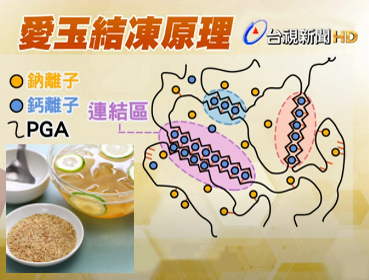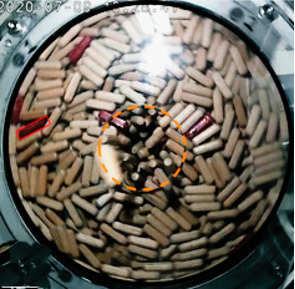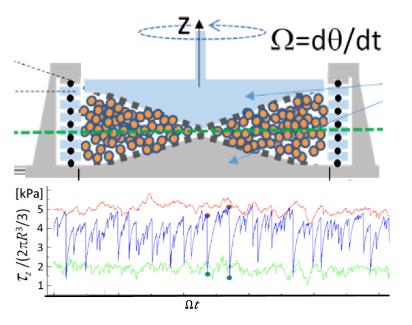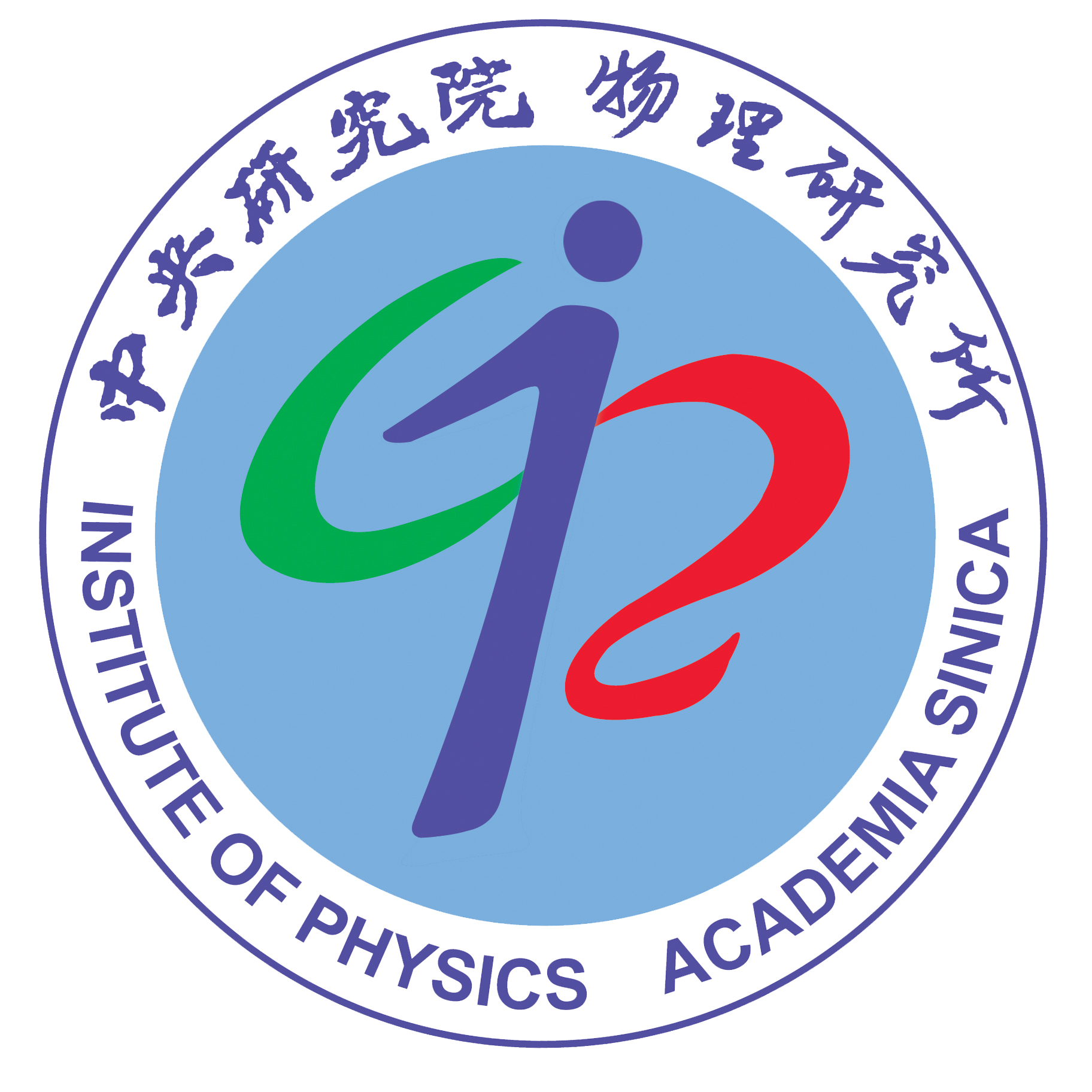
1928
Founded in Shanghai, China
1962
Re-established in Taipei, Dr. Ta-You Wu as director
1966
Co-organized the “Physics Research Center” with local universities to promote research
1983
4-story physics building completed, scope of institute expanded considerably
1999
10-story new building completed, number of faculty members reached 40
2000
Physics building complex named after its first director as “Ta-You Hall”
2002
Re-integrated into three groups, formally divided into “Nanoscience Group”, “Complex System Group” and “Medium and High Energy Physics Group”
2003
The idea of AsIoP’s logo was born. The letters I, O, P are drawn with the additive primary colors blue, green, and red, and they are placed in such a way that one can depict G, c, h, k, the 4 fundamental constants which represent classical mechanics, electromagnetism, quantum mechanics, and statistical mechanics
2015
Three research groups were renamed “Quantum Materials Physics”, “Medium and High Energy Physics”, and “Physics of Active and Biological Systems”p>
2015
Under the auspices of Institute of Physics, Academia Sinica and Shui-Chin Lee Foundation for Basic Science, “ASIOP & Shui-Chin Lee Physics Lecture Series” were launched
2019
Establishment of the “Best Research Paper Award for Junior Research Investigators, Institute of Physics, Academia Sinica”

Project to Promote Green-energy Industrial Development - Construction of District-Scale Distributed Li-ion Battery Energy (MWh) Storage System
(Principal Investigator:Dr. Maw-Kuen Wu)
Building a scalable superconducting quantum computer
(Principal Investigator:Dr. Chii Dong Chen)
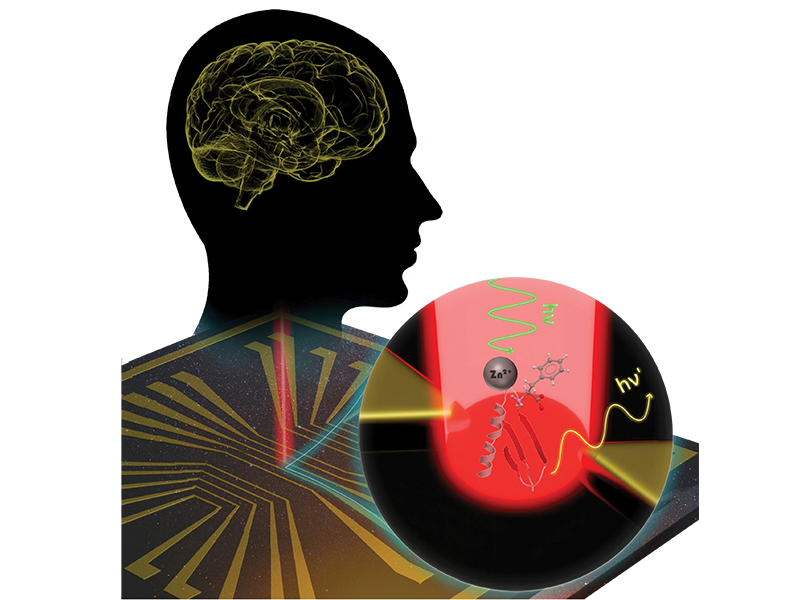
Electrode nanogap for amyloids molecular trapping & analysis via plasmon-enhanced Raman scattering
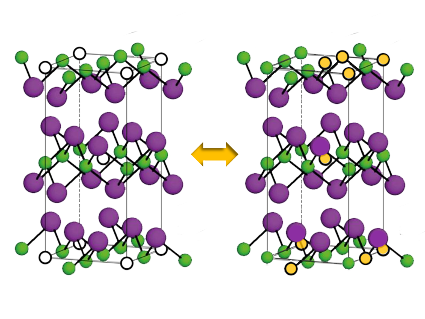
Magnetotransport studies of Fe vacancy-ordered Fe4+δSe5 nanowires;
Fe-Vacancy-Ordered Fe4Se5: The Insulating Parent Phase of FeSe Superconductor
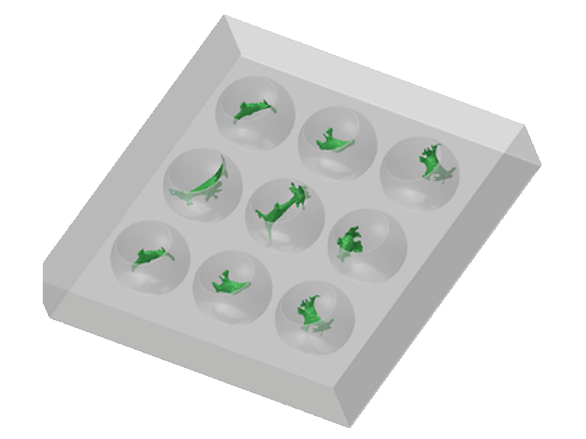
Spherical microwells regulate the cell cycle arrest of mesenchyme cells and serve as platform for organoid growth
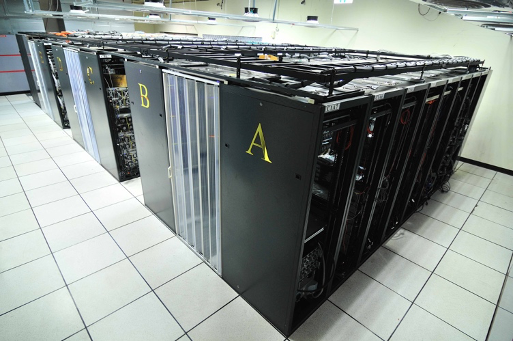
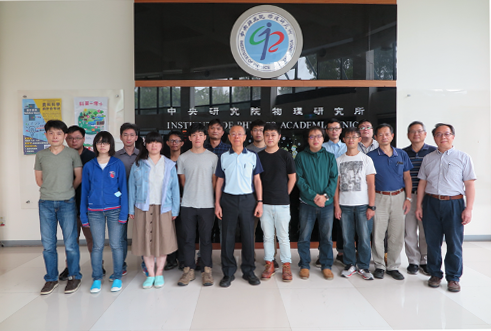
Computation has been an integral part of science advances process, along with theory and experiment. The Academia Sinica Grid Computing Centre (ASGC) was established in 2005 to join the World-wide Large Hadron Collider Computing Grid (WLCG) as one of the eleven Tier-1 centers and the only one in Asia. WLCG has demonstrated to be an enabler of physics programs according to the Higgs particle discovery in 2012. Additionally, WLCG keeps evolving for future computing challenges from new physics. Apart from supporting ATLAS and CMS computing, ASGC provides scientific computing solutions for the challenges from various disciplines in collaboration with research groups, based on WLCG core technologies. Capacity development on the following aspects to enhance scientific discovery are the perpetual goals of ASGC: efficiency optimization, analysis facility, talent, and supporting infrastructure.
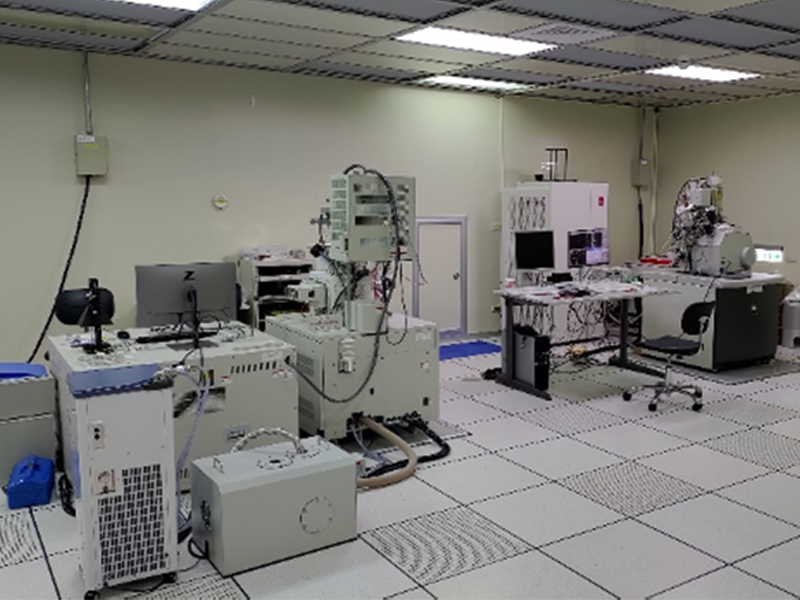
This shared facilities provide services for quantum material characterization and micro and nano device fabrication. Included in the facility is a Class 6 clean room which houses e-beam writer, laser writer, mask aligner, as well as evaporator and etchers. Characterization systems include Physical Property Measurement System (PPMS), Superconducting Quantum Interference Device (SQUID), X-ray, Scanning Electron Microscope (SEM), Vibration Sample Magnetometer (VSM) and surface metrology systems.
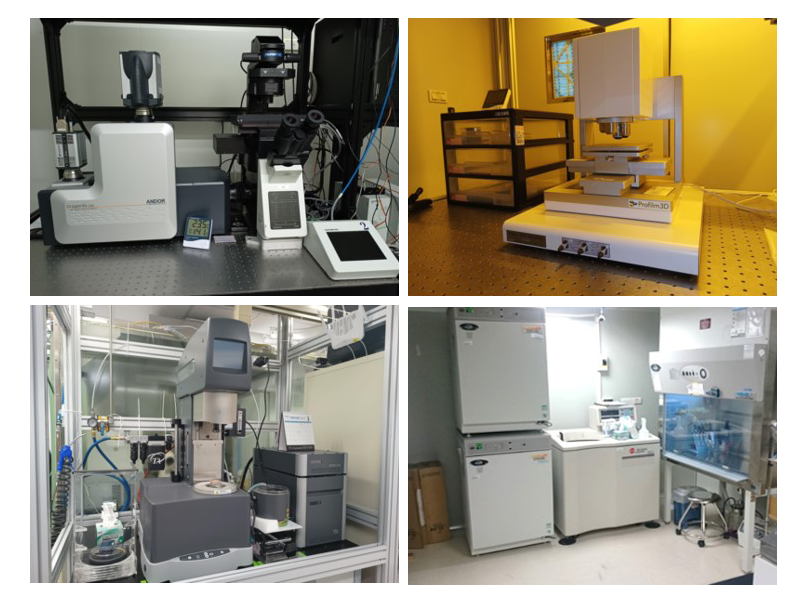
BSSF provide essential facilities for research in biological physics and soft matter physics at the Institute of Physics as well as in Academia Sinica. BSSF also serve as a platform for promoting interdisciplinary collaborations and developing new experimental tools for studying biological and soft materials.
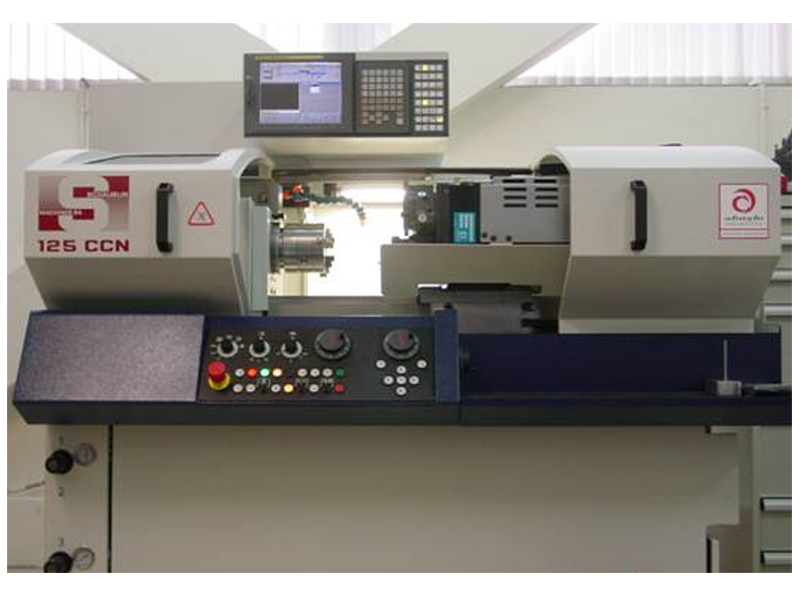
The Machine Shop provides technical support for high precision fabrication and production of mechanical parts required in scientific research. It also organizes short-term training programs to raise the design and production capabilities of students and research assistants.
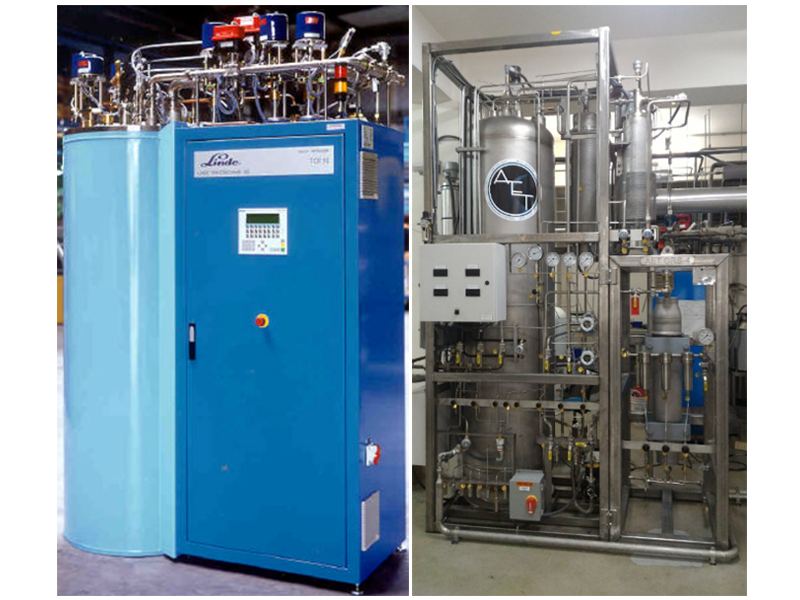
The facilities include: Helium recovery system, purification and liquefaction plants which can be provided high-purity helium gas (>99.999%) and liquid helium of 35 l/h. We offer liquid helium for IOP’s instruments, such as low-temperature STM, PPMS, and SQUID.
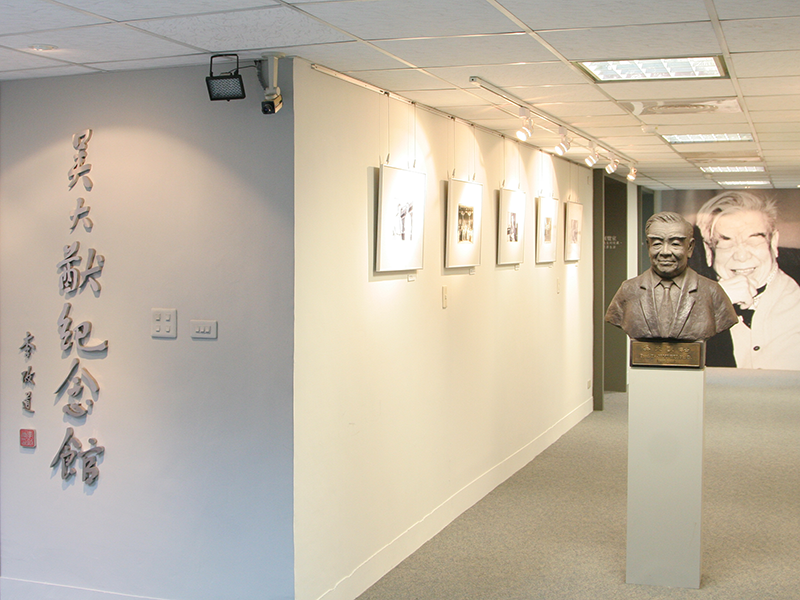
Wu Ta-You Memorial Hall was established in 2001 to commemorate the first director of the Institute of Physics in Taiwan (1962-1976) and the president of Academia Sinica (1983-1994). Dr. Ta-You Wu (1907-2000) was a renowned scholar in contemporary China and an internationally acclaimed physicist, who had an enormous impact on the development of physics in Taiwan and Mainland China.

This multi-disciplinary educational program was established in 2004 within the Taiwan International Graduate Program (TIGP), in collaboration with National Taiwan University and National Tsing-Hua University. Currently the program has attracted more than 250 students from twenty-some countries worldwide, pursuing studies in synthesis of new nanomaterials and structures, characterization of nanomaterials and nanostructures, theoretical modeling and calculations, nano-biotechnology, as well as exploration of nanodevices engineering.
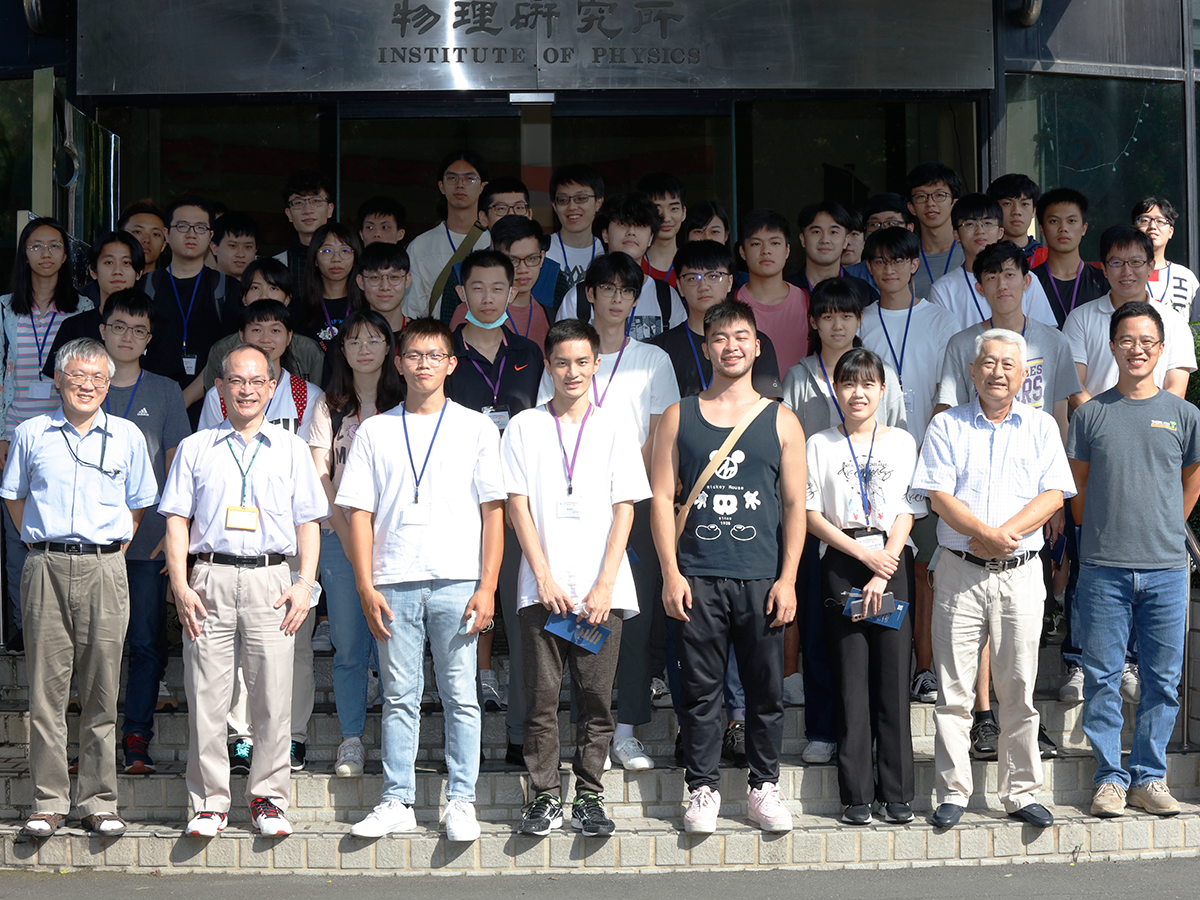
The Institute conducts a summer internship program with funding support to domestic and international university and graduate students. The goals are to provide opportunities to frontier physics research and to inspire them for future research careers. Further information can be found at the Institute website during the March-May application period.
(Fedynitch, Anatoli / Li, Hsiang-nan / Ng, Kin-Wang / Wu, Meng-Ru / Yang, Di-Lun / Yuan, Tzu-Chiang)
Theoretical research topics include particle phenomenology, collider physics, heavy ion collisions, neutrino and nuclear astrophysics, high-energy astrophysics and cosmic rays, early universe, and gravitational waves.
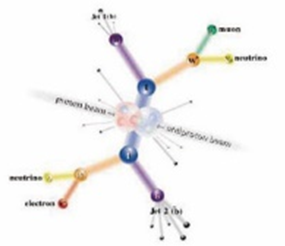
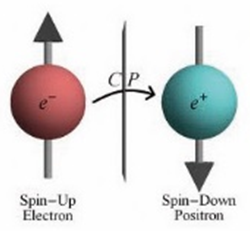
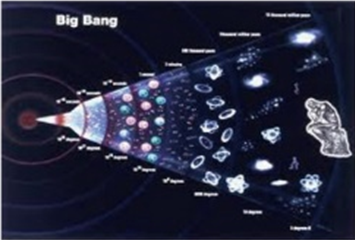

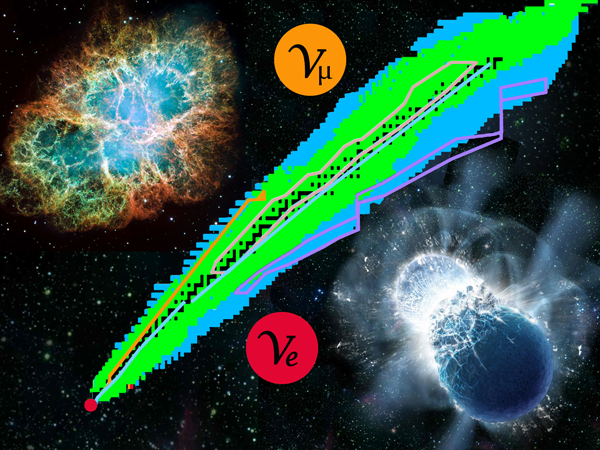
(Chang, Wen-Chen / Chang, Yuan-Hann / Chu, Ming-Lee / Haino, Sadakazu / Hou, Suen / Lin, Chih-Hsun / Wang, Song-Ming / Wong, Henry Tsz-King / Yen, Eric)
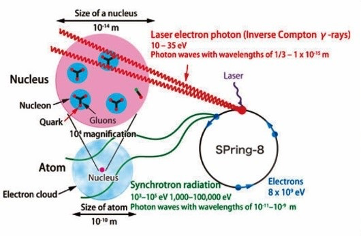
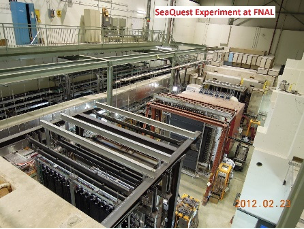
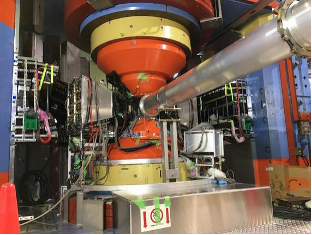
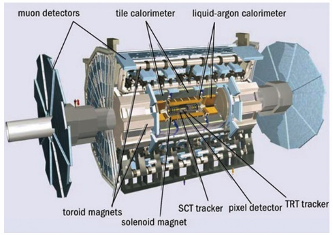
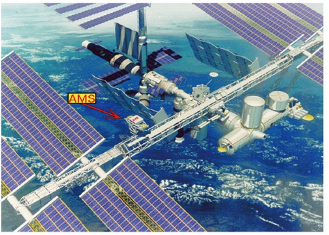
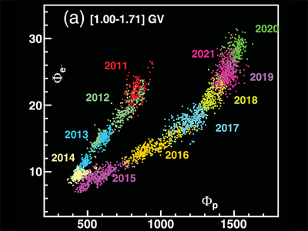
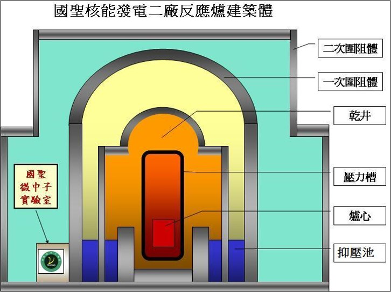
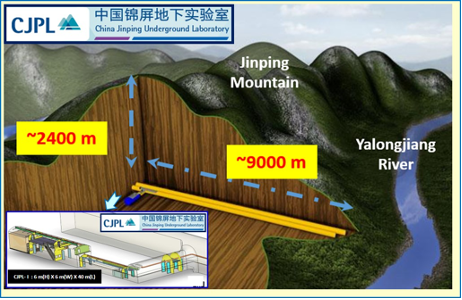
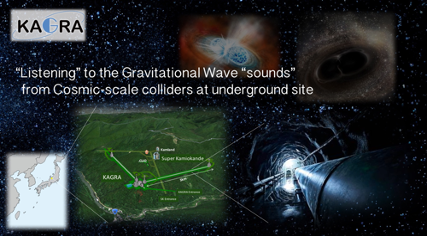
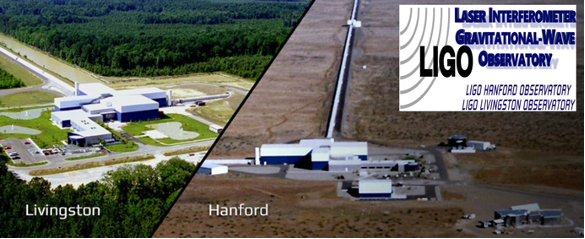
(Chang, Chia-Seng / Chuang, Tien-Ming / Hwang, Ing-Shouh / Hwu, Yeu-Kuang / Su, Wei-Bin / Wen, Yu-Chieh)
To develop and employ various microscopic and spectroscopic techniques to explore the quantum phenomena occurred at the nanometer scale in as ultrathin films, nanotubes, nanodevices, and the interfaces of heterostructures as well as solids/liquids.
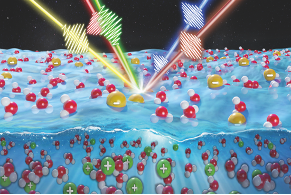
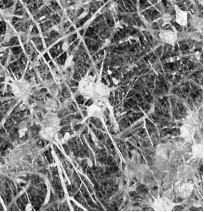
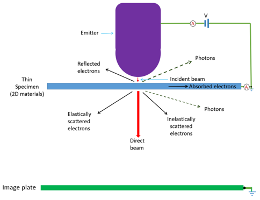
(Chen, Yang-Yuan / Ke, Chung-Ting / Lee, Shang-Fan / Lin, Hsin / Wu, Maw-Kuen)
Using theoretical and experimental methods to study quantum materials exhibiting novel phenomena as a result of strong electronic correlation and spin-orbit coupling; for example, heavy fermion physics, thermoelectric effect, the mechanism of high Tc superconductors, topological superconductivity and topological materials systems.
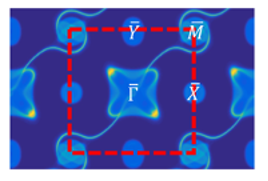
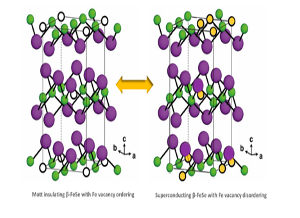
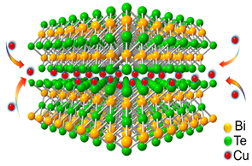
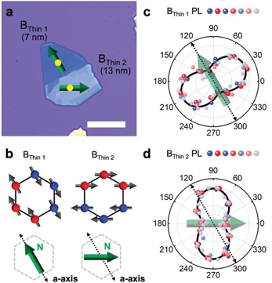
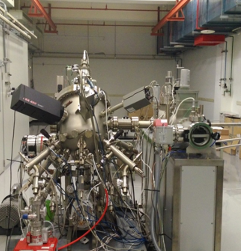
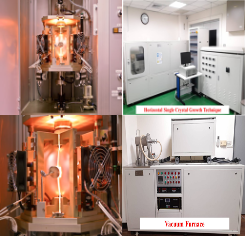
(Chen, Chii-Dong / Hsu, Chen-Hsuan / Ke, Chung-Ting / Lee, Wei-Li / Yip, Sungkit)
To fabricate nanostructures and investigate their quantum phenomena, including electric transport, magnetism, optical properties and etc. as well as to build a practical quantum computer with traditional superconducting junctions.
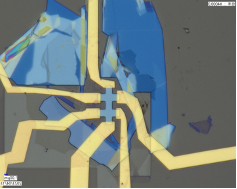
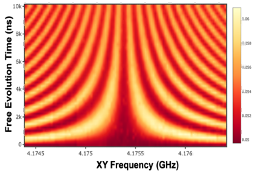
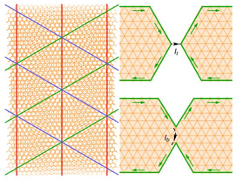
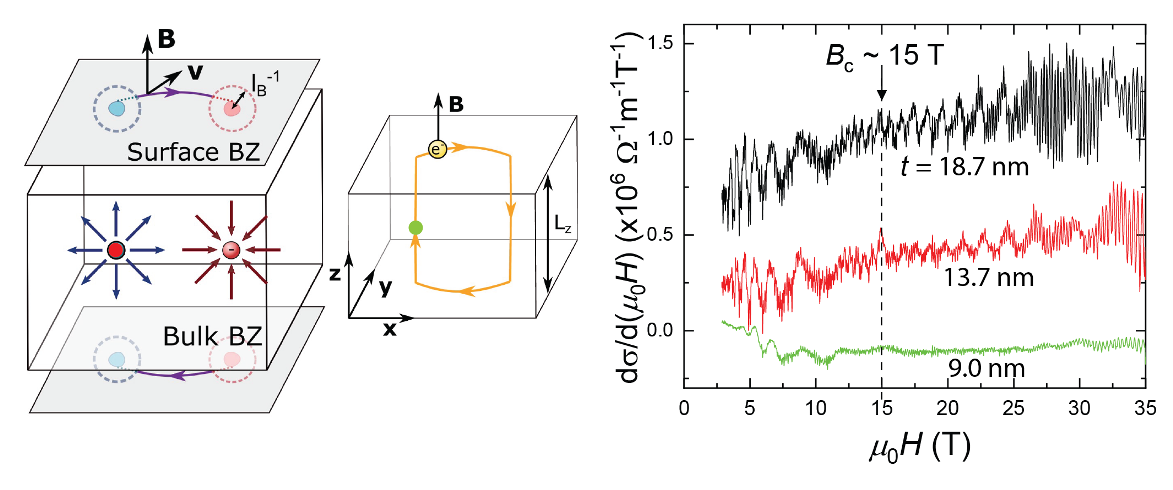
(Hiraiwa, Tetsuya / Leung, Kwan-Tai / Shih, Hong-Yan)
Theoretical models and methods are developed to study the structure-dynamics relations in cellular fluids; dynamic self-organizing processes in chromatin, cytoskeleton, cells and tissues; bacterial motility, spreading of infectious diseases; non-equilibrium complex systems in biology, evolutionary ecology and turbulence.
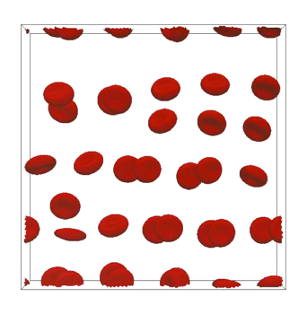
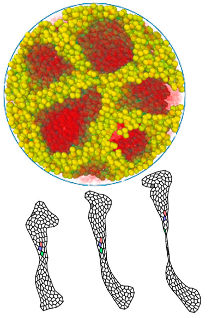
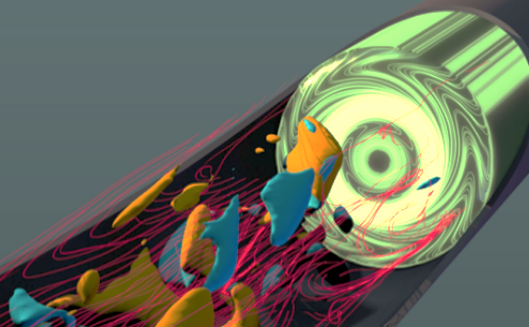
(Chou, Chia-Fu / Guo, Chin-Lin / Lin, Keng-Hui)
The main research topics include using nano/microdevices to study biophysics of bacteria, biosensing and tissue engineering application, quantitative pattern recognition on the physiology and pathology of living systems, the effect of dimensionality on cellular behaviors and how cells utilize force to perform biological functions.
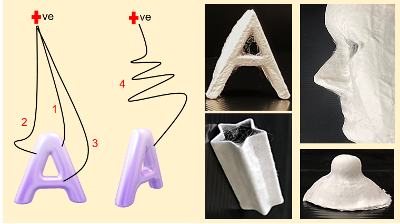
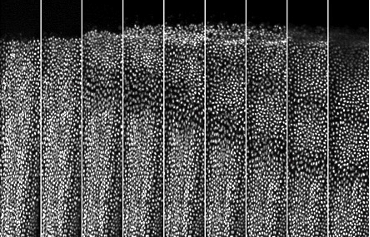
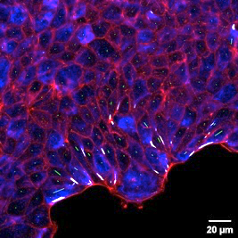
(Huang, Jung-Ren / To, Kiwing / Tsai, Jih-Chiang)
In soft matter and granular materials, we combine the knowledge and techniques from rheology, solid and fluid mechanics and non-equilibrium statistics, to deepen our understanding of the generic principles behind complex phenomena.
